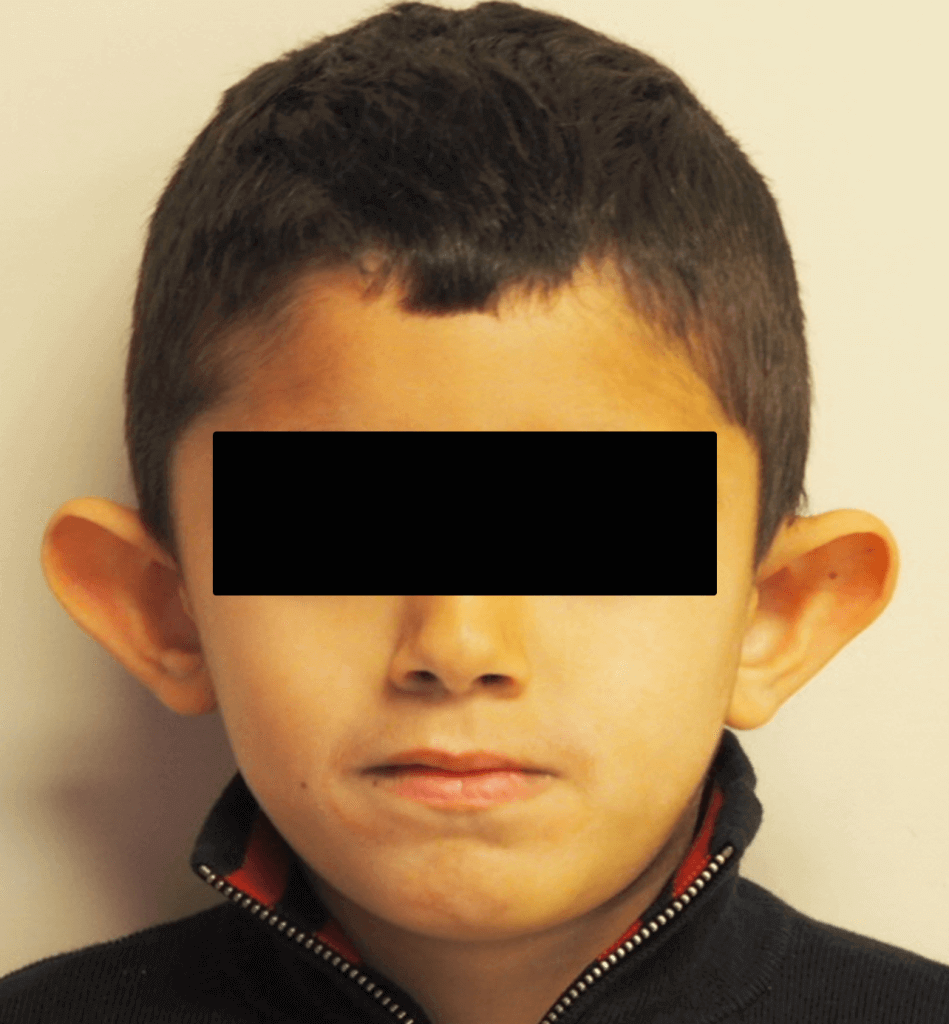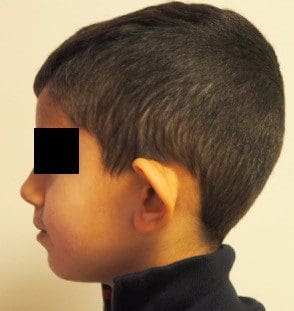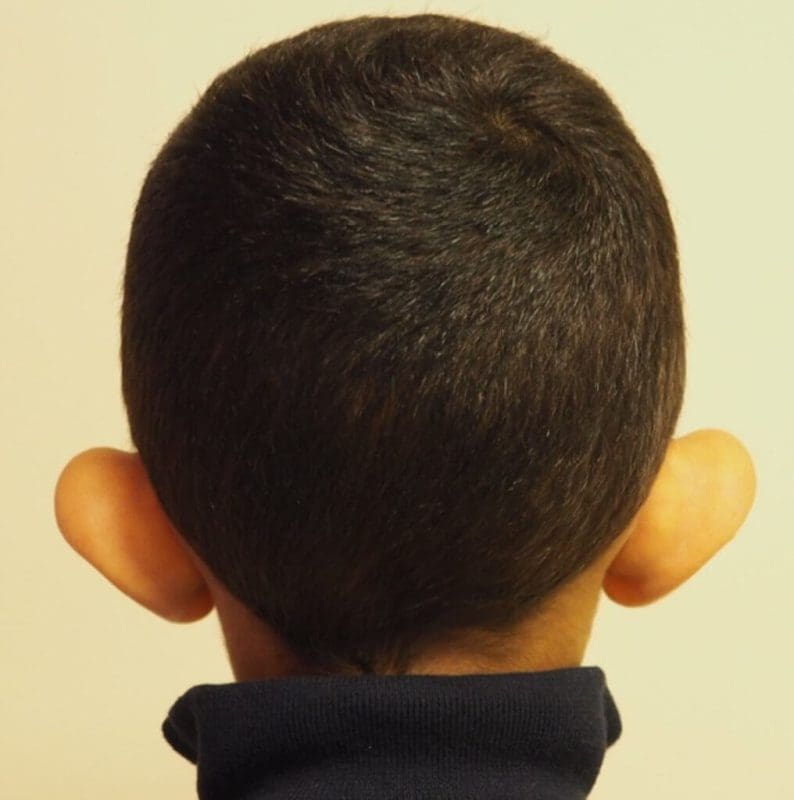
Protruding ears in children and ear pinning surgeries
Protruding ears, or prominent ears (when we were younger we used to call them “Dumbo ears”), are ears that stick out from both the sides of the head.
I should start by saying that protruding ears are an entirely cosmetic condition, and they do not cause any functional issues such as hearing loss. Nonetheless, they can often cause serious social embarrassment, low self-esteem, mental stress and lack of self-confidence because other children tend to make fun of kids with protrude ears, and it can sometimes eventually lead to serious impairment of social functioning for these children.
The exact condition, the required investigations and the different methods of management will be explained below by Dr Asaf Olshinka, a pediatric plastic surgery specialist and you can read more about who he is in the link here.
What causes protruding ears?
Protruding ears can either be a congenital condition or one that develops over years. How is this condition specifically defined? We tend to refer to ears as protruding when they are sticking out at least 2cm away from the head, but obviously the feeling or belief that ears are protruding can differ amongst people and it is very individual.
Most protruding ears will have several characteristic features when compared to the typical ear. These may include:
– Underdevelopment of antihelix fold (the cartilage found in the front part of the ear) – this causes the ear to be insufficiently “folded” and the helix (the cartilaginous outer rim of the ear), to be more prominent (see image 1 and 2).
– Additional cartilage in the concha of the year (a deeper central cartilage of the ear) – this pushes the ear away from the head (see image 3)
– A prominent ear lobe
Many times, the cause behind protruding ears is a combination of the above features.
The condition is usually bilateral (affecting both ears), but it can also be unilateral (affecting one ear), symmetrical or asymmetrical.

What is the treatment for protruding ears and when can it be done?
Protruding ears can be treated in non-surgical ways, if the treatment is started at a very young age (under 2 weeks), when the ear’s cartilage is still soft and mouldable. To read more about ear pinning in infants refer to this post here.
At an older age, the only available management is surgical treatment.
What is done during the surgery? Nowadays, the common surgical procedure is referred to as ear pinning or otoplasty. This procedure can be performed in children who are 6 years and older, when their ears are almost at their full size. This is also the age at which children usually become more self-aware and start wanting to undergo treatment because they’re being made fun of. It is also a good time for surgery as it is a new stage in the child’s life and happens right before starting first grade. However, this surgery can be performed in all the different age groups, any time from elementary school to high school and even in adulthood.

How is the surgery performed?
The surgery is performed under general anesthesia and takes about 2 hours. It is done by making an incision behind the ears, at a location that it isn’t clearly visible. The shape of the new ear is constructed through this incision, by folding the cartilage with the help of stitches and pinning them closer to the head. In some cases, the extra cartilage is removed, as well. The incision is sewn closed using dissolvable stitches and the 2 ears are dressed using a circumferential bandage.
Usually, the surgery is done on both ears. The surgery does not affect hearing or the quality of hearing whatsoever.
What is the recovery process from otoplasty like?
Most patients will be discharged home several hours following the surgery. During the first week after the operation, it is important to make sure the area of the wound remains clean, to avoid physical exercise and to avoid wetting the area. About a week following the surgery, the dressing is removed. The child then needs to use a head band during sleep for about 4-6 weeks. During this time period, physical exercise needs to be avoided. There is no need to remove the stitches after the surgery as they are dissolvable.
It is very rare to get complications after the surgery, but these can still happen. Some of the complications may include bleeding, infection, prominent scarring or recurrence of partially protruding ears.
When are the results of the surgery visible?
As soon as the dressing is removed, about a week following surgery, the ears will appear closer to the head and will not be protruding anymore. Most of the children get very excited at the sight of this.
The final end result of the surgery, however, is more visible about 3 months after the surgery, when the swelling and hematomas have disappeared, and the ear finally falls into its new shape. The incision, as mentioned previously, is behind the ear, so when looking at a person from the front there are no visible scars.
In summary, protruding ears are a common aesthetic condition in children, that can cause social embarrassment. It is a condition that can be repaired with the help of surgery performed by a specialist in the field.
Good luck!
For comments and questions, please register
